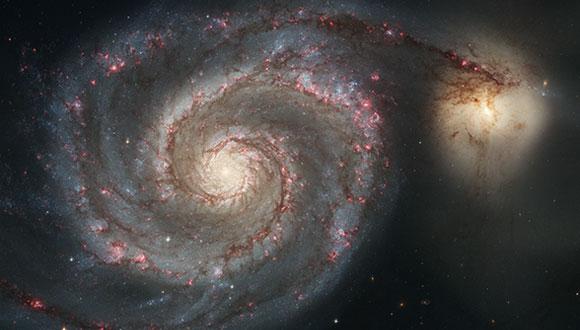Astronomy & Astrophysics Seminar: Features in the Mass Distribution of Merging Black Holes: How Peaks and Power Laws Can Teach Us About Supernovae, Binary Evolution, and Star Formation
Lieke van Son, Center for Astrophysics, Harvard & the Anton Pannekoek Institute, University of Amsterdam
Zoom: https://tau-ac-il.zoom.us/j/89636068691?pwd=YkVoWG9laTFPZHVENWovQ1FWczUvQT09
Abstract:
The most recent catalogue of gravitational wave events (GWTC-3) revealed that the mass distribution of merging compact objects cannot be described by a single power law. Understanding features in the mass distribution can teach us about the stellar and binary physics that govern their progenitor stars. In this talk, I will focus on two of my favorite lessons from GWTC-3. Firstly, the overall peak of the BH mass distribution occurs at about 8 solar masses. This could be a side effect from the much-disputed NS-BH mass gap. Alternatively, this could be an evolutionary effect. Specifically, I will show how the “stable mass transfer channel” naturally predicts a lack of low mass BHs without the need for a NS-BH mass gap. Second, the BBH merger rate evolves with redshift. This redshift evolution contains valuable information on the birth environment of these BBHs. We can access this information by linking source properties like the BH mass to delay times: the time between progenitor-star formation, and the time of the BBH merger. I will discuss what correlations between BH-mass and delay time we expect from binary evolution theory. We find that isolated binaries cannot form BHs with high mass and short delay times. We explain this lack based on the binary physics that governs the progenitor evolution.
Seminar Organizer: Dr. Iair Arcavi


